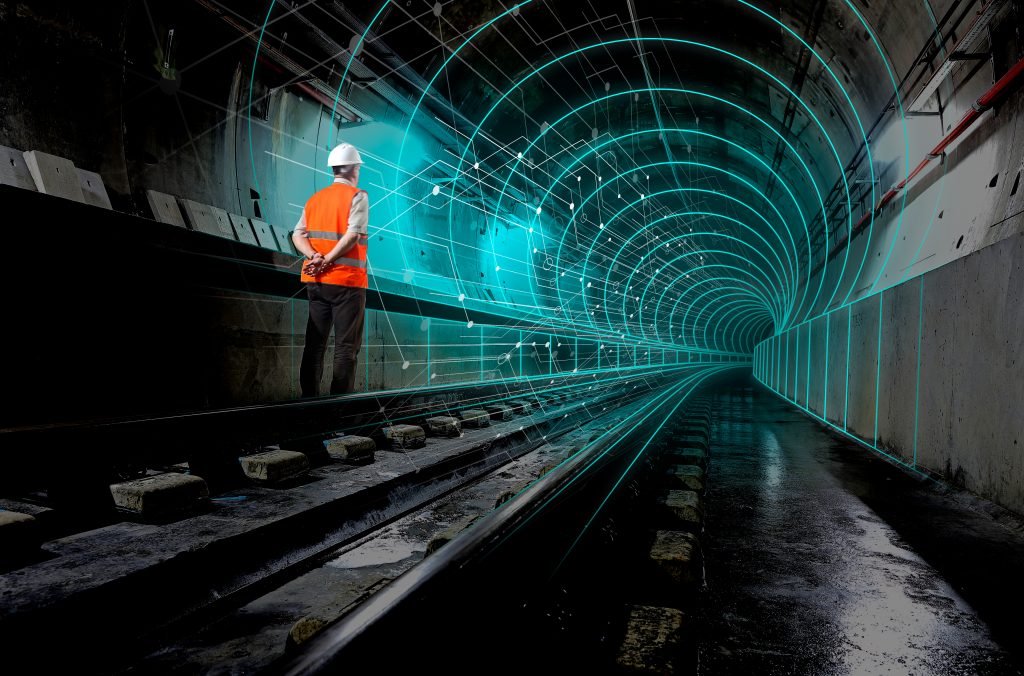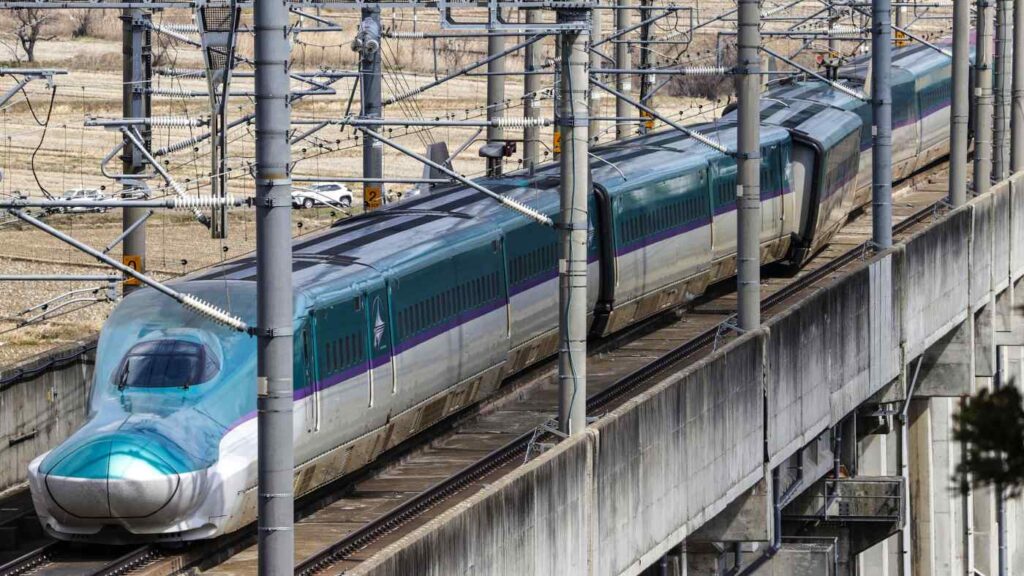
The development of a digital twins platform for safe and reliable rail operations
Digital twins are virtual replicas of physical objects or systems that are used to monitor, analyze, and optimize performance. In the context of public transport, a digital twin can be used to create a virtual model of a transportation network, allowing operators to simulate and analyze different scenarios and make data-driven decisions to improve efficiency and passenger experience. The term Digital Twin was coined in 2002 by Michael Grieves as part of his product lifecycle management (PLM) research at the University of Michigan.
Digital twins can play a significant role in the metro rail sector by enhancing operational efficiency, improving maintenance practices, and optimizing the overall performance of metro rail systems. Digital twins can assist the metro rail sector in different ways:
🚝 Simulation and Planning: Digital twins enable metro rail operators to simulate various scenarios and plan for system expansions, upgrades, or new line constructions. By creating a virtual replica of the entire metro rail system, operators can assess the impact of changes, optimize train schedules, and analyze potential bottlenecks before implementing any modifications in the physical infrastructure.
🛠️ Predictive Maintenance: Digital twins allow for real-time monitoring of the metro rail system, including tracks, trains, signaling systems, and other critical components. By collecting data from sensors and combining it with historical information, the digital twin can identify patterns, detect anomalies, and predict maintenance needs. This enables proactive maintenance, reducing downtime, and improving the reliability of the metro rail system.
📊 Performance Optimization: Digital twins can analyze data from various sources, such as train sensors, passenger flow, and weather conditions, to optimize the performance of the metro rail system. By considering factors like energy consumption, passenger demand, and operational constraints, the digital twin can recommend adjustments to train schedules, routing, and energy usage to improve efficiency and reduce costs.
👮🏾 Training and Simulation: Digital twins provide a safe and realistic environment for training metro rail operators, allowing them to practice emergency procedures, operational scenarios, and decision-making in a virtual setting. This helps improve their skills, response times, and overall performance, leading to enhanced safety and customer satisfaction.
📲 Real-time Monitoring and Control: With a digital twin, operators can have a comprehensive view of the entire metro rail system in real-time. They can monitor train movements, track conditions, and passenger flows, enabling them to respond quickly to incidents, address disruptions, and optimize operations on the fly.
🚇 Lifecycle Management: Digital twins facilitate better lifecycle management of metro rail assets. By integrating data from the design, construction, and maintenance phases, operators can monitor the condition and performance of assets throughout their lifespan. This data-driven approach helps optimize asset utilization, plan for timely replacements, and reduce long-term costs.
Many agencies around the world are using digital twins to improve rail operations:


Transport for London (TfL) – TfL is using a digital twin of the London Underground to model the impact of service disruptions, such as delays or station closures. TfL has entered into a partnership with Spinview, a digital twin startup, to create a digital twin of the London Underground. The project will begin by modeling the Piccadilly Line and the employees will use the data to manage assets and ensure reliability. The project will use Deep Rail Sensor (DRS) device to capture the geometry of the spaces, as well as, the environmental pollutants.

MTR (Mass Transit Railway), Hong Kong – MTR is using a digital twin to manage its railway assets, including trains, tracks, and stations. The digital twin allows MTR to monitor the performance of its assets in real-time and make data-driven decisions to optimize operations and improve the passenger experience. For example, MTR uses the digital twin to simulate different train schedules and track configurations to identify potential bottlenecks and improve service reliability. For Tung Chung Line extension, MTR signed a contract with Alstom to set up a digital twin to simulate and thoroughly test the new signaling system, as well as integrate advanced rail cybersecurity measures.

JR East, Japan – JR East is using a digital twin to manage its railway infrastructure, including tracks, bridges, and tunnels. The digital twin allows JR East to monitor the condition of its assets and identify potential maintenance needs before they become critical. For example, JR East uses the digital twin to analyze the impact of earthquakes on its infrastructure and plan for necessary repairs and upgrades.
Digital Twins @ JR East
Rail operations are based on complex, multi-engineered systems involving tracks, rolling stock, and human resources. In case of natural disasters such as earthquakes and typhoons, it requires great efforts to gather sufficient information from relevant internal departments that manage facilities and personnel, as well as external data sources such as weather conditions and damage, and to make the right decision in a short time while considering operational safety and reliability.
To solve this problem, JR East developed a digital twin platform that integrates its internal operational data and external climate/disaster data on a multi-layered map in real-time. This helped the agency to take better decisions and manage its resources in the event of major disruptions. The platform has led to the promotion of data-driven operational reform.
In the next phase, JR East will integrate and analyze passenger behavior information both inside and outside its railway system for better service design and urban development.
The digital twin platform generates alerts for high-risk facilities that are displayed both on the map and in lists. Trains stopping between stations are displayed in lists that can be identified immediately. The number of passengers on each train is indicated by the height of the train’s polygon on the map.
All executives can access the platform with a web browser, enabling clearer decision-making with shared information. In addition, the map can be traced back into the past and used to review the situation for training purposes. Further, historical data is also used in company-wide training exercises to improve emergency response capabilities. Amid the COVID-19, the data was also used to optimize the transport capacity of train operations.
About The Author
Jaspal Singh is the Founder of Mobility Innovation Lab (MIL) and Host of the Mobility Innovators Podcast. If you are working on innovative ideas and solving mobility and transportation issues, please feel free to reach out. He loves to talk about startups, mobility, and technology.


